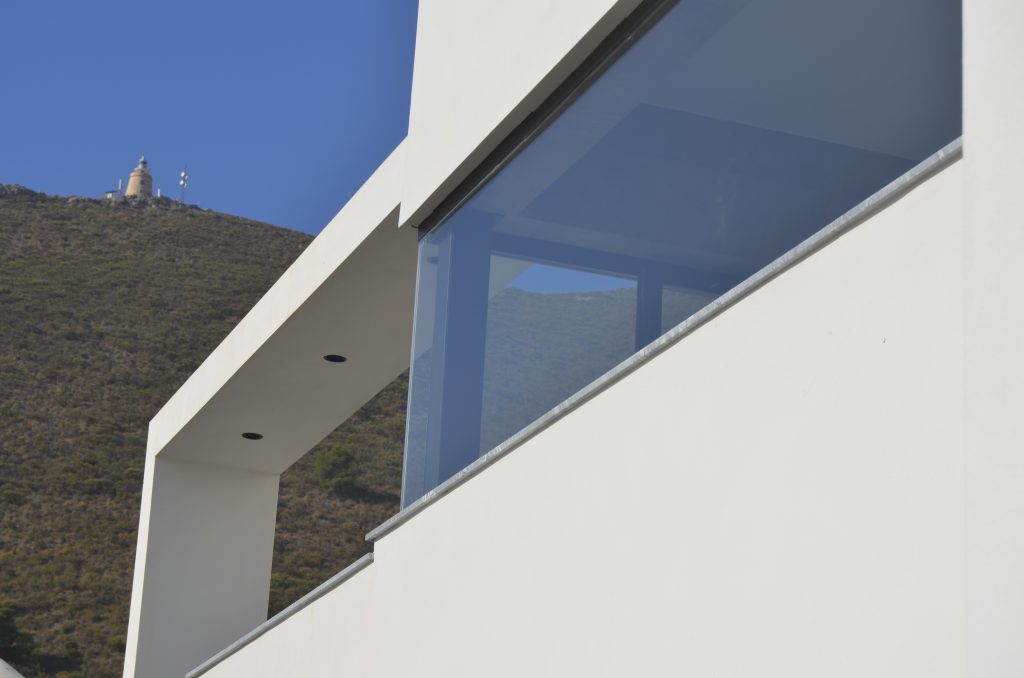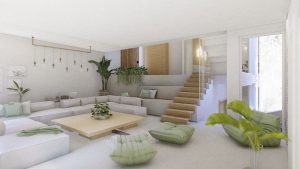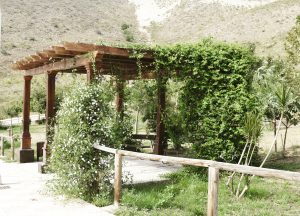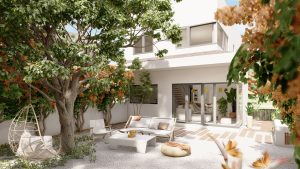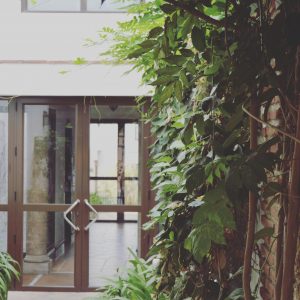When looking for a quick definition of what the PASSIVHAUS standard entails in terms of design, we would single out two key words: COMFORT and EFFICIENCY. This standard’s main objective is to seek comfort through structural systems that allow for minimal energy consumption without elevated costs.
What Passivhaus is all about
These types of buildings maintain ideal air quality standards, with temperatures between 20º and 25ºC, relative humidity levels between 30-70% and do not exceed 20dB in any facility, while these services are provided at little or no expense, as this standard also requires a price/quality balance.
Furthermore, a good design is fundamental to achieve optimal results, as this standard’s base is the usage of passive measures, such as the position of windows, the creation of shadowing elements, or natural ventilation, which maximize the existing resources.
5 key points of the PASSIVHAUS standard
Buildings that follow this standard are based on 5 points which help reduce up to 75% the need for central heating and refrigeration. Therefore, energy consumption is quite low, and it can be compensated with conventional or renewable sources of energy at a minimum cost. Said points are as follow:
1. Thermal insulation
2. Lack of thermal bridges
3. Sealants
4. High performance carpentry
5. Mechanical ventilation with heat recovery
The last one of these points revolves around providing an exceptional air quality, not only regarding temperature and humidity levels, but also regarding their filtering. This is carried out through mechanical ventilation, allowing for a constant air renewal and preventing undesirable particles from accessing the interior space. This is a relevant aspect to have in mind in places where there are high pollution levels or during allergy season. One aspect to consider as well is the great advantage this system poses towards the possible transmission of the COVID-19 virus in interior spaces, which is essentially zero thanks to the constant recirculation and filtering of the air, allowing it to always stay clean without the need of opening windows.
Passivhaus’ influence
The importance of this concept is such that, thanks to its efficiency, European regulations have changed so that, by the end of 2020, all buildings achieve zero energy consumption levels. Currently, Spanish regulations have also been modified, and are now more restrictive regarding energy-related regulations.
These concepts are not only centered around newly built homes, but they are also applicable to rehabilitation projects or renovations, although code fulfillment in the latter is not as strict as in other cases.
Thus, these buildings have great benefits, short-term, regarding our health and monthly utility expenses; and long-term, concerning the usage of renewable energies, becoming more respectful towards the environment, and recouping the initial investment relatively quickly.
In short, it is evident that a building with these characteristics has a slightly higher price than a conventional one, however, their quality and efficiency can be noticeable from the first bill from the utility company, taking into account that the initial investment is amortized in less than 10 years. In addition, the use of renewable energies should not be forgotten as, from the first moment, they can exceed 100% of the energy consumed, providing the opportunity to pour it back into the network.
But let be honest, would you know how to put a price on comfort?
Because we don’t.
